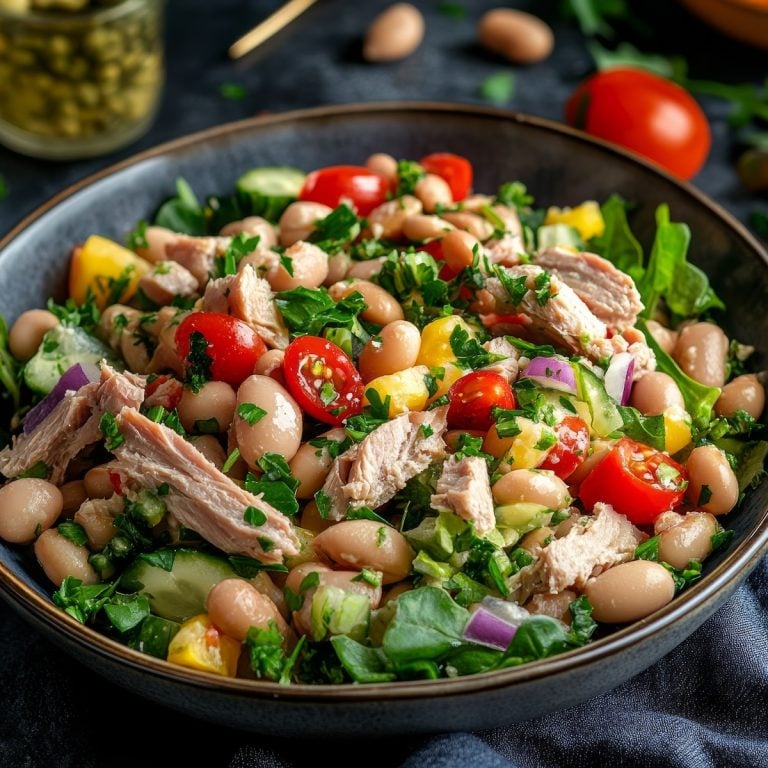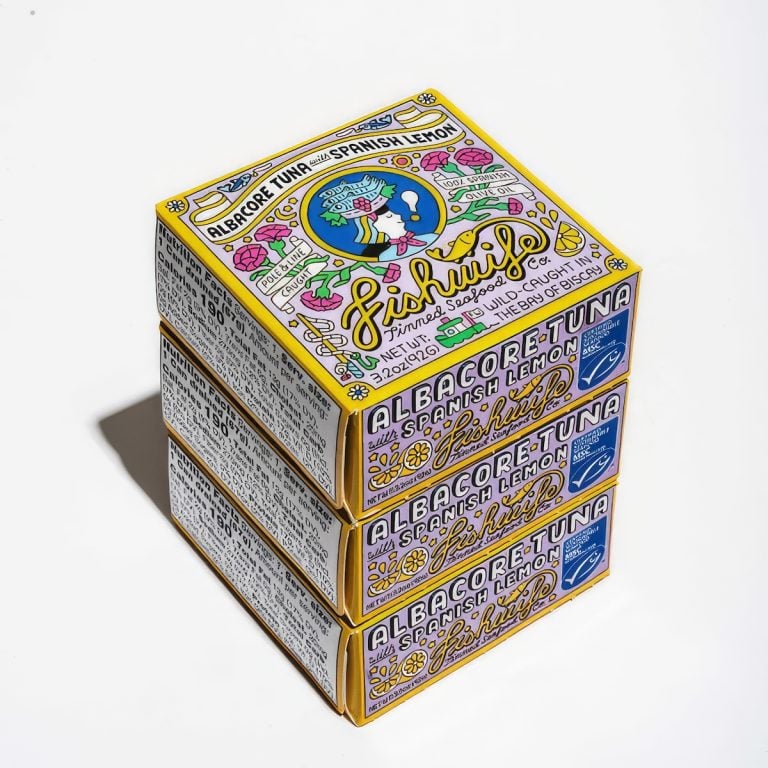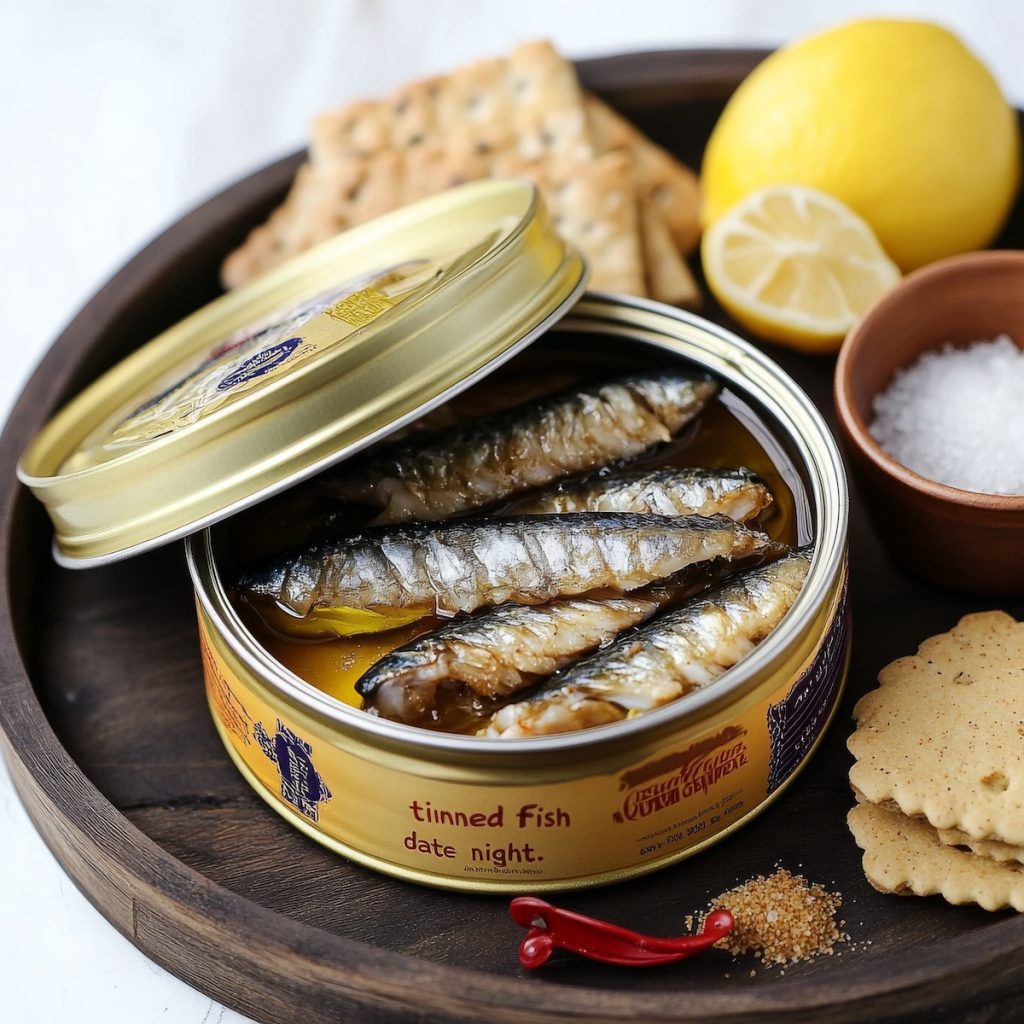The Ultimate Guide to Cooking with Tinned Fish
Tinned fish is making a bold comeback—and it’s not just for sandwiches anymore. Once dismissed as a pantry afterthought, today’s tinned fish has become a sought-after ingredient, celebrated by chefs and home cooks alike.
From silky sardines to briny mackerel, delicate smoked trout to rich tuna belly, there’s a tin for every taste and recipe. This surge in popularity comes from more than just convenience. People crave sustainable, flavorful, and shelf-stable foods, and tinned fish delivers on all fronts.
Artisanal brands from Spain, Portugal, and beyond are offering beautifully packed tins with high-quality fish, often preserved in olive oil, chili, tomato sauce, or even escabeche. These aren’t your grandparents’ tuna cans; they’re gourmet shortcuts to fast, delicious meals.
You can toss them into pasta, layer them on toast, stir them into risotto, or build elegant snacks and tapas in minutes. Whether you’re trying to cook more affordably, cut back on red meat, or explore new global flavors, tinned fish offers a smart, tasty solution.
In this post, I’ll explore the varieties now available, how to use them creatively in your kitchen, and why this old-school staple has become a modern favorite again. Let’s dive into the tin and discover what’s inside.
Reasons Why Tinned Fish Has Made a Comeback
| Reason | Description | Notes/Examples |
|---|---|---|
| Gourmet Quality & Variety | High-end tins feature premium cuts and global flavors | Tuna belly, razor clams, sardines in escabeche, octopus in olive oil |
| Convenience & Sophistication | Fully cooked, shelf-stable, and easy to use in quick meals | Toss into pasta, top toast, or serve as tapas |
| Sustainability & Sourcing | Many producers now use ethical, traceable fishing practices | Line-caught fish, certified sustainable brands |
| Affordable Luxury | Offers gourmet experience without high cost | $5–$15 for artisan tins compared to fresh seafood |
| Long Shelf Life & Zero Waste | Stores for years and reduces food spoilage | Great for pantry-stocking and emergency kits |
| Culinary Versatility | Works in many dishes across global cuisines | Pasta, rice bowls, salads, toasts, charcuterie boards |
| Social Media Popularity | Tinned fish is trending on visual platforms | “Tinned fish date nights,” designer packaging, TikTok recipes |
| Nutritional Benefits | High in protein and omega-3s, often packed in olive oil | Supports heart health, fits keto and Mediterranean diets |

Culinary Ideas for Tinned Fish
| Signature Product | Manufacturer | Quick Culinary Ideas |
|---|---|---|
| Bonito del Norte (white tuna) in olive oil | Conservas Ortiz | Flake onto a Niçoise-style salad; stir the oil and fish straight into warm cannellini beans with parsley and lemon zest. |
| Sardines in spiced tomato sauce | José Gourmet | Heat through and spoon over garlic-rubbed toast; break into a quick week-night puttanesca with capers and olives. |
| Smoked rainbow trout | Fishwife | Toss with crème fraîche, chives, and lemon for an instant pâté; layer on a bagel in place of lox. |
| Razor clams in brine | Ramón Peña | Warm gently and serve with parsley-garlic butter on grilled bread; chop into a paella just before it finishes. |
| Octopus in olive oil | Matiz España | Slice and fold into a potato-paprika salad (pulpo a la gallega shortcut); skewer with roasted peppers for tapas. |
| PEI mussels in smoked paprika sauce | Scout Canning | Heat the sauce with a splash of cream for a five-minute pasta; spoon the mussels onto polenta with charred corn. |
| Sardine rillettes with lemon & basil | La Belle-Iloise | Spread inside a warm croissant with cucumber ribbons; stuff cherry tomatoes for an easy hors d’œuvre. |
| Sardines with lemon | Bela | Crumble over a Greek village salad instead of feta; mash with avocado for a protein-rich toast topping. |
| Colatura di alici (anchovy essence) | IASA | Whisk a few drops into aglio-olio spaghetti; drizzle over grilled vegetables as a finishing umami boost. |
| Smoked octopus | Wildfish Cannery | Fold into fried-rice with ginger and scallions; dice for elevated seafood tacos with chipotle mayo. |
| Yellowfin tuna fillets | Callipo | Serve atop white beans, red onion, and oregano for an instant Tuscan salad; tuck into piadina with roasted peppers. |
| Smoked Baltic herring with dill | Fangst | Pile on buttered rye with pickled onions; chop into a creamy potato gratin for Nordic comfort food. |
| Smoked sockeye salmon | Neptune Fish Co. | Flake into scrambled eggs with yuzu kosho; toss through soba noodles, sesame oil, and shaved cucumber. |
| Mussels in escabeche | Donostia Foods | Spoon over warm rice with saffron for a five-minute arroz; skewer with olives and piquillo peppers for pintxos. |
| Sardinillas (baby sardines) in olive oil | Ortiz (Sardinillas line) | Layer on butter-spread crackers with a squeeze of lime; scatter over a pizza bianca just out of the oven. |
Manufacturers - Country - Signature Products
| Manufacturer | Country | Signature Products |
|---|---|---|
| Bela | Portugal | Sardines with lemon, mackerel in olive oil, codfish in garlic sauce |
| Callipo | Italy | Yellowfin tuna fillets, tuna with chili, tuna pâté, tuna in olive oil |
| Conservas Ortiz | Spain | White tuna (bonito del norte), anchovies, mackerel in olive oil |
| Conservas Ramón Peña | Spain | Razor clams, cockles, mussels, squid in ink, tuna belly |
| Donostia Foods | Spain | Anchovies, mussels in escabeche, octopus, squid, sardines |
| Fangst | Denmark | Nordic smoked trout, Baltic herring, mackerel with seaweed or wild herbs |
| Fishwife | United States | Smoked rainbow trout, smoked albacore tuna, wild salmon, sardines |
| IASA (Industria Alimentare Salerno) | Italy | Anchovies, tuna, and mackerel in olive oil, colatura di alici (anchovy sauce) |
| José Gourmet | Portugal | Sardines, octopus, mackerel, cod liver, tuna belly in olive oil |
| La Belle-Iloise | France | Sardine rillettes, mackerel fillets, tuna with various seasonings |
| Matiz España | Spain | Sardines, octopus, mackerel, mussels, squid in ink |
| Neptune Fish Co. | United States | Sardines, mackerel, smoked salmon—all sustainably harvested and small-batch canned |
| Ortiz Sardinillas | Spain | Baby sardines (sardinillas) in olive oil, seasoned sardines, sardines with lemon |
| Scout Canning | Canada | Atlantic Canadian lobster, PEI mussels, rainbow trout, albacore tuna |
| Wildfish Cannery | United States (Alaska) | Smoked octopus, sablefish, geoduck, salmon, and herring |

From Rations to Recipes: The Rise of Artisanal Tinned Fish
The history of tinned fish dates back to the early 19th century and is closely tied to the development of food preservation for military and maritime use.
Origins in France (Early 1800s)
Tinned fish preservation began in France around 1809, when Nicolas Appert, a Parisian confectioner, developed a method of preserving food in sealed glass jars using heat—what we now know as canning. His invention was driven by a competition offered by Napoleon Bonaparte, who sought a way to feed his armies reliably.
Shortly after, Peter Durand in England patented the use of tin-coated iron cans in 1810. These were more durable and portable, making them ideal for preserving fish and other perishable foods during long journeys at sea or in wartime.
Industrialization and Expansion (Mid-to-Late 1800s)
By the mid-1800s, canning technology had spread across Europe. Portugal and Spain, with their rich fishing cultures, became leaders in tinned sardine and tuna production. These countries developed artisanal techniques and built a reputation for high-quality tinned seafood, particularly along the Iberian coast.
World Wars and Mass Production
Tinned fish became essential during World War I and II as a durable, protein-rich food source for troops. This demand led to mass production and global trade of canned fish, especially tuna, mackerel, and sardines.
Post-War to Present
In the postwar decades, tinned fish became a pantry staple worldwide, often associated with convenience rather than cuisine. However, in recent years, there’s been a renaissance: artisanal producers now emphasize quality, sustainability, and flavor, turning tinned fish into a gourmet product.
From humble military rations to a modern culinary trend, tinned fish has come full circle—preserved by necessity, now celebrated by choice.

How Tinned Fish Has Changed From the 1940s
Tinned fish today is radically different from what was common in the 1940s—both in quality and perception. Here’s a breakdown of the key differences:
| Aspect | 1940s | Today | Notes/Examples |
|---|---|---|---|
| Quality of Fish | Lower-grade, overcooked, mass-produced | Premium cuts, carefully cooked, artisanal production | Tuna belly, baby sardines, hand-packed fish |
| Packing Liquids | Brine or generic oil | Olive oil, chili oil, escabeche, tomato sauce | The liquid is now part of the flavor profile |
| Preservation Technique | Basic heat sterilization; often overdone | Precise cooking for texture and flavor | BPA-free cans, aluminum options, better shelf stability |
| Packaging | Heavy, rust-prone tins | Sleek, colorful, eco-conscious packaging | Used for gifting and display |
| Culinary Use | Pantry staple, ration food, casseroles | Featured in fine dining, tapas, gourmet snacks | Seen on cheese boards, rice bowls, pasta, toast |
| Perception | Basic, utilitarian, low-status | Trendy, elevated, and nostalgic | Reinvented as a “cool” food movement |
| Sustainability | Little to no concern | Focus on ethical sourcing, small fisheries | Line-caught, MSC-certified, ocean-friendly brands |
| Nutritional Awareness | Not emphasized | Promoted for protein, omega-3s, healthy fats | Fits modern diets like keto, Mediterranean, pescatarian |
| Product Range | Mostly sardines, tuna, mackerel | Wider variety: octopus, mussels, clams, trout, eel | Increased culinary possibilities |
| Availability | Limited brands and options | Global brands, artisanal producers online and in specialty shops | Spain, Portugal, U.S., Denmark, Canada, Italy |
In short:
Tinned fish has evolved from a wartime necessity to a culinary luxury—not just different, but redefined.












